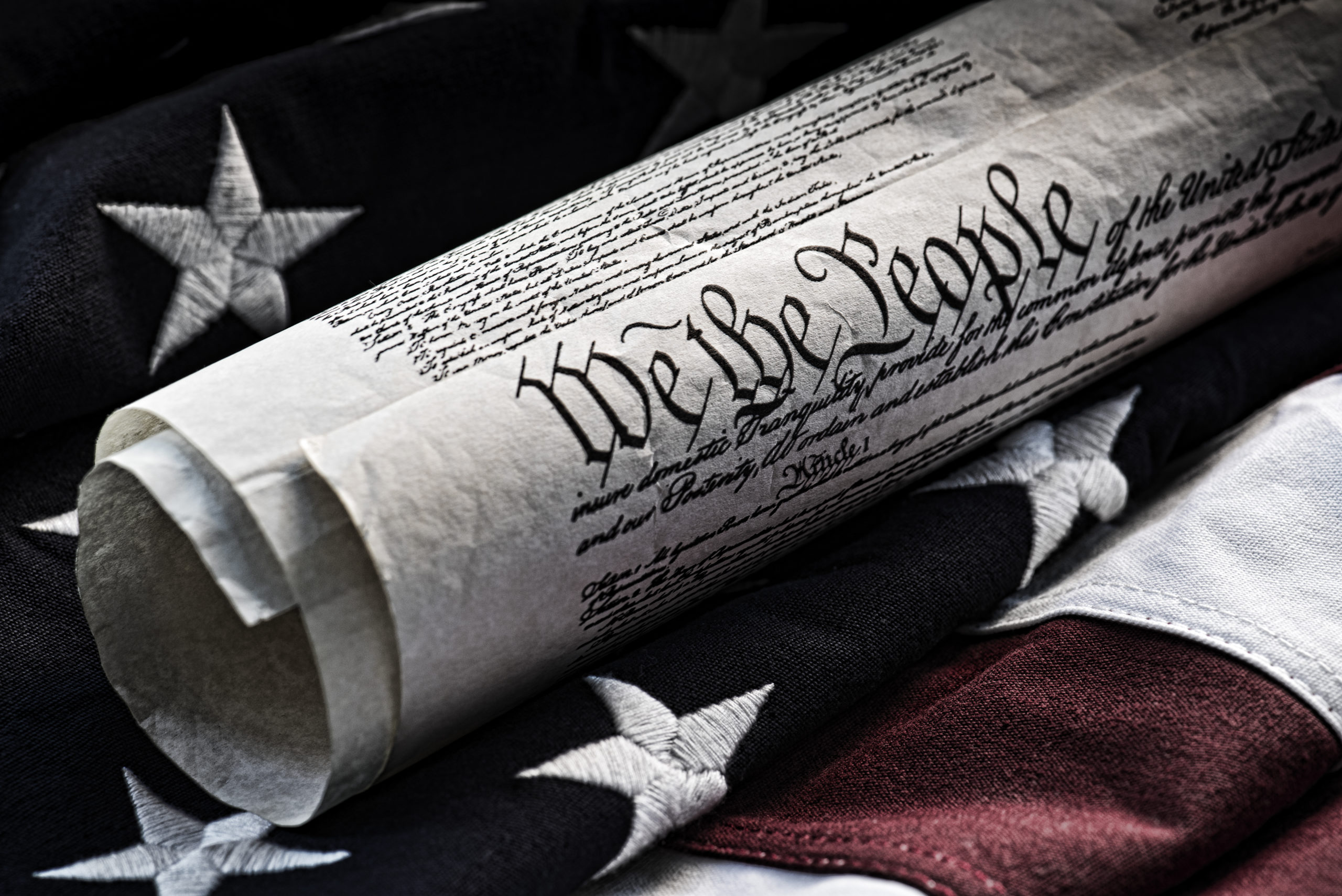The January 6 House Select Committee is steadily peeling back the layers of deceit and deception practiced by those who planned or participated in the effort to overturn the 2020 US presidential election.
During its investigation, the committee has discovered a draft of a presidential executive order directing former President Donald Trump’s defense secretary to “seize, collect, retain and analyze all (voting) machines, equipment, electronically stored information, and material records.” More recently, the committee revealed it had obtained a text sent by a member of Congress to then-White House chief of staff Mark Meadows urging Trump to consider declaring martial law in order to overturn the 2020 election.
Although the executive order was never issued and the former President never invoked martial law, the mere conversation around both serves as a compelling reason to examine the scope of the powers held by an American president.
Our Founding Fathers believed constitutional checks and balances among the branches of government would prevent the concentration of political power in the hands of a dangerous few. But they did not reckon with the accumulation of secret presidential powers to be used in times of national emergencies or threats to national security.
Among the most shrouded are emergency powers created by presidential administrations in response to crises, real or imagined. They fall under the heading of Presidential Emergency Action Documents, or PEADs, and they only require the president to declare a national emergency in response to a crisis, which can then result in the suspension of many of our constitutional rights.
This mysterious regime began during the Dwight D. Eisenhower administration, after the Soviet Union developed nuclear weapons and the ability to deliver them. Our strategic planners began to think about survival of the nation following a nuclear exchange between our two countries. The umbrella for this planning came to be known as “continuity of government” — an effort to address the question of who, and under what authority, would run our country if tens of millions of Americans and government structures were to perish in a nuclear attack?
Russian President Vladimir Putin’s suggestion that he might consider using tactical nuclear weapons in Ukraine is a stark reminder that plans for sustaining political order under catastrophic circumstances is not a relic of the past.
We can foresee circumstances short of nuclear war that would require a president to take action to preserve order and stability — such as during a major cyber- or terrorist attack, massive food and medicinal shortage, pandemic, climate catastrophe or energy grid failure.
As the Brennan Center for Justice at the New York University has noted: “Many (emergency powers) are measured and sensible, but others seem like the stuff of authoritarian regimes: giving the president the power to take over domestic communications, seize American bank accounts, and deploy US troops to any foreign country.”
Although these documents have never been publicly disclosed, scholars and journalists have gained some insight into their scope through the release of some related government documents referencing past PEADs. The ones of notable concern, particularly to those of us who desire to protect our constitutional rights, have included the suspension of habeas corpus and national elections, silencing of the press, censorship of information, various forms of martial law, the detention and arrest of individuals designated as terrorists or enemies of the state — and much more.
To this day, we can only speculate as to how many PEADS remain in existence and the nature of the proposed action they contain because they have not been subject to congressional oversight for decades.
But that very secrecy of presidential plans of action keeps the American people, including their elected representatives, in the dark about extra-constitutional powers that would-be authoritarians among us might use to suppress our freedoms — not for the sake of survival but in pursuit of raw political power.
We believe it’s imperative for congressional leaders to appoint select committees to examine the scope of PEADs, bring press and public attention to bear on what extraordinary powers they include, and produce a plan for reforming, and if necessary canceling, the maze of executive orders that established this blueprint.
The National Emergencies Act, first passed by Congress in 1976 to terminate all previous emergency declarations and formalize the known emergency powers of the president, could be the starting point for congressional oversight and responsible reform. The Brennan Center for Justice has offered a blueprint for reform of the act that would make it a more effective basis for review of emergency powers.
One reform, among many, might be to impose a “sunset” provision in existing and future declarations of emergencies so once they are used in the case of a genuine emergency, they do not stay in force long after that emergency has passed. Genuine national security measures, such as the location of secret command centers, can be protected without the suspension of habeas corpus or freedom of the press.
Troubled times, including during pandemics, violent acts of insurrection and economic upheavals, are when democracy is most vulnerable. Authoritarians offer stability at the price of unlimited power. But democracy does not allow for power to be secret or absolute.
Our nation can better survive a foreign or domestic threat if our citizens are well informed and not held hostage by a hidden blueprint for authoritarian rule masquerading as a democratic security blanket.


